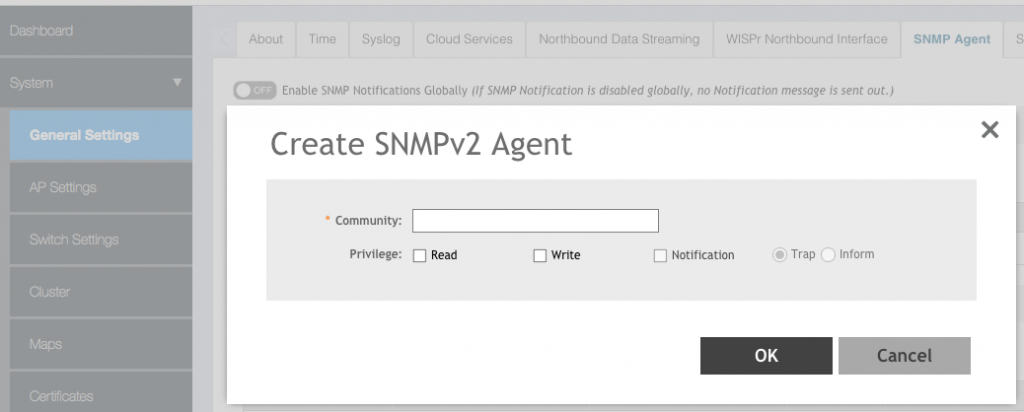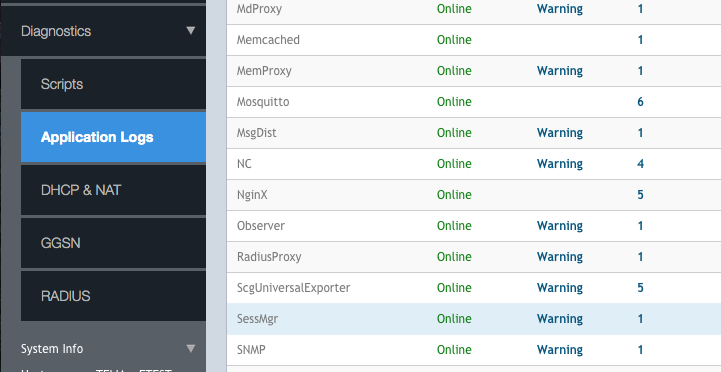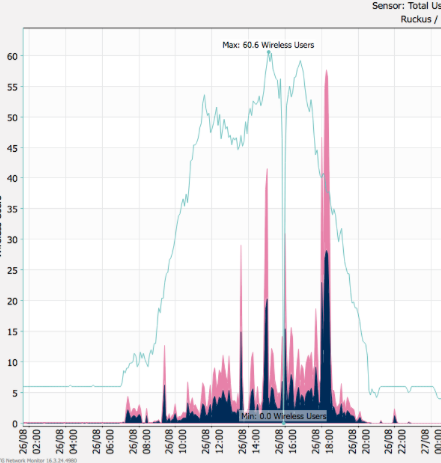First you need to start the SNMP agent in smartzone and set the community (password).

Now you need the MIB files ja SNMP OID documentation, wich is at the end of the post. Although today the ready-made SNMP tool is mostly used, this example is made under Linux to show the structure and performance of Smartzone MIB in more detail.
apt-get install snmp
#copy the ruckus mibid to the correct directory
cp *.txt user@snmp.3kgroup.ee:/usr/share/snmp/mibs
#check /etc/snmp/snmp.conf file
mibdirs +/usr/share/snmp/mibs
mibdirs +/usr/share/mibs/ietf
mibs +ALL
#test the performance of the MIBs first
snmptranslate -m +RUCKUS-CTRL-MIB -IR -On ruckusCtrlApRadioApMac
.1.3.6.1.4.1.25053.1.8.1.1.1.2.3.1.1
#if the response is an OID numeric string, the system is OK
#how to convert hex mac address to decimal
echo $1 |gawk 'BEGIN {FS=":"}{ printf("%d.%d.%d.%d.%d.%dn",strtonum("0x"$1 ),strtonum("0x"$2),strtonum("0x"$3),strtonum("0x"$4),strtonum("0x"$5),strtonum("0x"$6)) }'
#ask for AP radio channels that are currently in use
snmpwalk -m +RUCKUS-CTRL-MIB -v2c -Of -c 11111 192.168.1.251 ruckusCtrlApRadioChannel.6.48.135.217.41.120.16
.iso.org.dod.internet.private.enterprises.ruckusRootMIB.ruckusObjects.ruckusCTRL.ruckusCTRLWLANModule.ruckusCTRLWLANMIB.ruckusCTRLWLANObjects.ruckusCTRLWLANInfo.ruckusCTRLApRadioTable.ruckusCTRLApRadioEntry.ruckusCtrlApRadioChannel.'.0..)x'.16.0 = Gauge32: 8 // 2.4 GHz
.iso.org.dod.internet.private.enterprises.ruckusRootMIB.ruckusObjects.ruckusCTRL.ruckusCTRLWLANModule.ruckusCTRLWLANMIB.ruckusCTRLWLANObjects.ruckusCTRLWLANInfo.ruckusCTRLApRadioTable.ruckusCTRLApRadioEntry.ruckusCtrlApRadioChannel.'.0..)x'.16.1 = Gauge32: 132 // 5 GHz
snmpwalk -m +RUCKUS-CTRL-MIB -v2c -Of -c 11111 192.168.1.251 ruckusCtrlApNumAssocClients.6.240.62.144.27.79.96
.iso.org.dod.internet.private.enterprises.ruckusRootMIB.ruckusObjects.ruckusCTRL.ruckusCTRLWLANModule.ruckusCTRLWLANMIB.ruckusCTRLWLANObjects.ruckusCTRLWLANInfo.ruckusCTRLApTable.ruckusCTRLApEntry.ruckusCtrlApNumAssocClients.'..>..O'.96 = INTEGER: 59
It is also important to check the login level, and by changing it, you can restart the SNMP service daemon.

The following is an example of Zabbix and Smartzone SNMP monitoring, where information is collected on the number of clients in each AP and on air occupancy at 2.4 and 5GHz.

